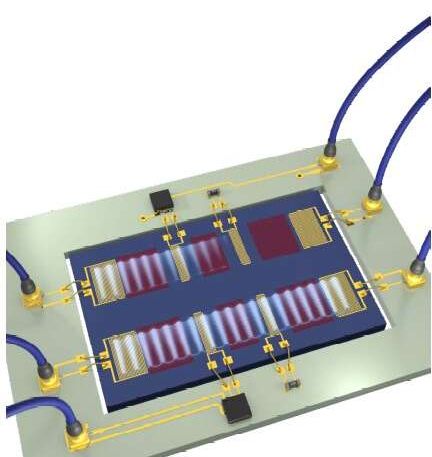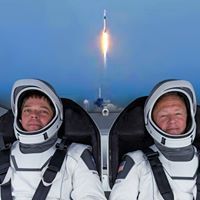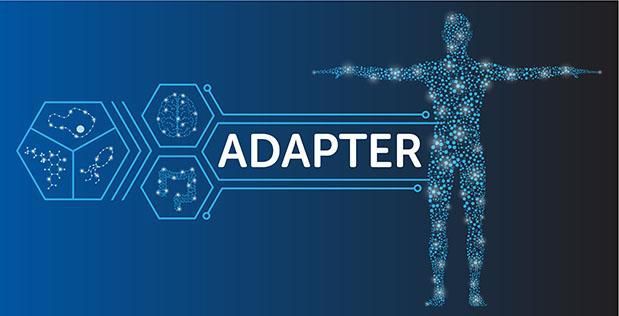Jun 7, 2020
Russia declares state of emergency after Arctic oil spill
Posted by Omuterema Akhahenda in category: sustainability
Russian President Vladimir Putin of Russia declared a state of emergency in a region of northern Siberia after a huge oil spill last week turned a river crimson. It is threatening significant damage to the Arctic region. [ 317 more words ].
Norilsk Nickel is the world’s largest producer of platinum and nickel.
The company, along with the Russian Emergency Situations Ministry, dispatched hundreds of personnel to clean up the spill. So far, Norilsk Nickel said they had managed to gather up only around 340 tons of the oil.
Continue reading “Russia declares state of emergency after Arctic oil spill” »

















